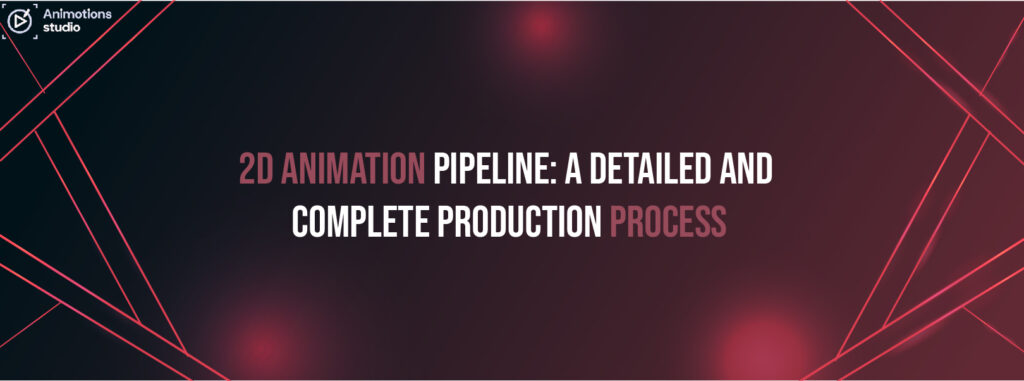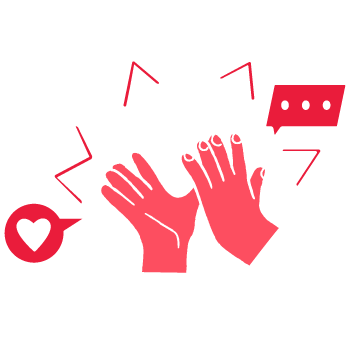2D Animation Pipeline: A Detailed and Complete Production Process in 2025

The animation world continues to thrive, especially with the resurgence of stylized visuals and the growing accessibility of digital tools. While 3D animation dominates some sectors, 2D animation remains a powerful medium for storytelling, marketing, education, and entertainment. To bring a 2D animation project to life, creators rely on a structured process known as the 2D animation pipeline. In 2025, this pipeline has evolved to incorporate advanced tools, streamlined workflows, and AI-enhanced features. In this detailed guide, we’ll explore what is the 2D animation pipeline, the step-by-step 2D animation production process, and how studios can improve their workflow. Whether you’re a beginner or a studio head, understanding this process is key to creating high-quality content efficiently. What Is the 2D Animation Pipeline? The 2D animation pipeline refers to the systematic process used to create animated content using two-dimensional techniques. It involves a series of stages, each contributing to the final polished animation. From initial concept development to final rendering and distribution, the pipeline organizes tasks and helps teams collaborate effectively. In 2025, the pipeline integrates digital drawing tools, cloud-based collaboration platforms, and even AI tools to reduce manual effort, particularly in inbetweening, clean-up, and lip-sync automation. Step-by-Step 2D Animation Production Process Let’s break down the step-by-step 2D animation production process in 2025: 1. Pre-Production Concept Development This is where ideas are born. The team brainstorms, writes the core story, and defines the tone and target audience. Scriptwriting The script outlines dialogue, narration, and key actions. It serves as the blueprint for the animation. Storyboarding Storyboards visualize the script, breaking it down scene by scene. Tools like Storyboard Pro and Krita are widely used in 2025. Animatic Creation An animatic adds timing to the storyboard. It’s a rough cut of the animation, helping directors plan pacing, timing, and audio sync. Character & Environment Design Character designers create turnarounds, expression sheets, and costume variations. Environment artists map out background layouts and settings. Voice Recording Recording dialogue early ensures animators can sync mouth movements and emotions accurately. 2. Production Layout This step sets the scene composition, camera angles, and character placements. In 2025, layout artists may use hybrid 2D/3D tools for complex camera movement. Rough Animation Animators draw key poses and breakdowns. AI tools now assist with auto-inbetweening, but human oversight ensures quality. Clean-Up Animation Clean-up artists trace over rough drawings with final linework, maintaining consistency and style. Coloring Flat colors are applied to clean-up frames. Software like Toon Boom Harmony and Adobe Animate automate color fill. Inking and Shading Line refinement and light source shading are applied. With the help of AI-assisted color scripts, shading can be semi-automated. Background Art Detailed backgrounds are painted digitally. Artists use software like Photoshop, Clip Studio Paint, and Procreate for high-quality results. Compositing All elements—characters, backgrounds, VFX—are combined into a final scene. Compositors add effects, transitions, and camera movements. Lip Sync & Audio Sync Matching mouth shapes to recorded dialogue is easier in 2025, thanks to AI-powered lip sync tools like Papagayo-NG or Toon Boom’s integrated engine. 3. Post-Production Editing The animation is stitched together with sound, music, and transitions. Editors ensure proper pacing and flow. Sound Design Foley effects, background sounds, and audio enhancements are layered in. Sound design heightens immersion. Music Scoring Composers add custom scores, or creators license royalty-free tracks. AI music generation is also growing. Final Rendering Once all elements are approved, the animation is rendered in high resolution. Exporting and Distribution The final product is exported into formats for social media, streaming platforms, or broadcast. Best Software for 2D Animation in 2025 The following tools have become industry favorites: These tools enhance productivity and creative flexibility at each stage of the 2D animation production process. Key Stages of 2D Animation Workflow Let’s highlight the key stages of 2D animation workflow in a summarized view: Each stage builds upon the last. Skipping any step often results in production delays or inconsistencies. How to Optimize 2D Animation Pipeline for Efficiency Modern studios focus on optimizing the pipeline using the following techniques: 1. Asset Reuse and Rigging Reusing characters, props, and scenes saves time. Rigged characters streamline production, especially for recurring animations. 2. Cloud-Based Collaboration With remote teams in 2025, cloud-based platforms like SyncSketch, Frame.io, and ShotGrid enable smooth reviews and approvals. 3. AI-Powered Automation AI assists in auto-coloring, lip syncing, and even rough inbetweening, giving animators more time to focus on creative decisions. 4. Version Control Systems Tools like Perforce and Git help track asset versions and prevent data loss in collaborative environments. 5. Pre-Defined Templates and Checklists Studios create reusable project templates and production checklists to streamline repeat tasks. 2D vs. 3D Animation Pipeline: Major Differences Understanding the 2D vs. 3D animation pipeline: major differences helps choose the right medium for your project. Aspect 2D Animation Pipeline 3D Animation Pipeline Visual Style Flat, stylized, hand-drawn Realistic or stylized, volumetric Asset Creation Drawings on layers Modeling, texturing, rigging Animation Process Frame-by-frame or rigged puppets Keyframing with rigged skeletons Rendering Quicker rendering with vector or bitmap formats Heavy rendering, often GPU-based Complexity Lower learning curve Steeper learning curve due to 3D environment Flexibility Quick iterations, great for stylized and 2D storytelling Higher detail, better suited for realism The Future of 2D Animation Pipelines in 2025 and Beyond As we look to the future, we expect to see more: Studios that embrace innovation while preserving the soul of traditional 2D animation are set to lead the industry. Final Thoughts The 2D animation pipeline in 2025 is a harmonious blend of classic artistry and cutting-edge technology. Understanding each stage of the step-by-step 2D animation production process ensures smoother project management and higher-quality results. Whether you’re a freelancer, studio owner, or enthusiast, investing time in mastering the pipeline is a must. From pre-production to post, every step matters. With the right tools, optimized workflows, and a strong creative team, you can produce visually compelling and emotionally resonant 2D animations. Want to bring your 2D animation project to life? Collaborate with expert animators and motion designers who




